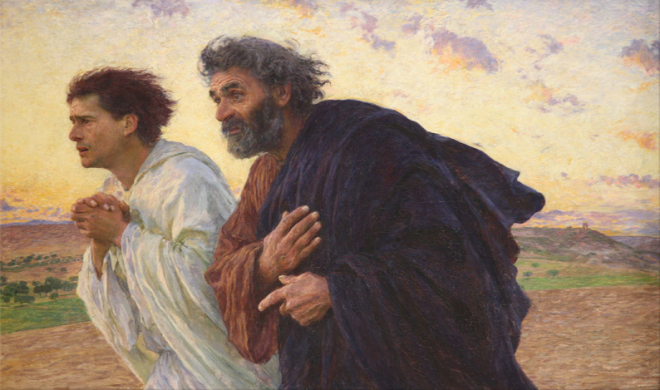From C.S. Lewis through the Shadowlands by Brian Sibley pp 51-52
“What Dyson and Tolkien showed me,” he [C.S.Lewis] wrote, “was that if I met the idea of sacrifice in a Pagan story I didn’t mind it all: again, that if I met the idea of a god sacrificing himself to himself I liked it very much and was mysteriously moved by it: again, that the idea of the dying and reviving god similarly moved me provided I met it anywhere except in the Gospels.”
With Tolkien’s help , Jack [Lewis] began to see Christianity in relation to the myths he already loved, began to believe that “the story of Christ is simply a true myth: a myth working on us in the same way as others, but with the tremendous difference that it really happened: and one must be content to accept it in the same way, remembering that it is God’s myth where the others are men’s myths: i.e. the Pagan stories are God expressing Himself through the minds of poets, using such images as He found there, while Christianity is expressing Himself through what we call ‘real things’.”
Several years later Tolkien was to develop this argument in his essay “On Fairy Stories” in which he defined the special quality of fairy stories as being the Consolation of the Happy Ending. This quality Tolkien called the eucatastrophe (the “good conclusion”).
“The gospels he [Tolkien] wrote “contain a fairy-story, or a story of a larger kind which embraces all the essence of fairy stories. They contain many marvels—peculiarly artistic, beautiful and moving: ‘Mythical’ in their perfect, self-contained significance; and among the marvels is the greatest and most complete conceivable eucatastrophe…The Birth of Christ is the eucatastrophe of Man’s history. The Resurrection is the eucatastrophe of the story of the Incarnation. This story begins and ends in Joy…There is no tale ever told that men would rather find was true, and none which so many skeptical men have accepted as true on its own merits… To reject it leads either to sadness or wrath.”
This was the somewhat cerebral process by which Jack made his way to a belief in Christ, “I know very well when, but hardly how, the final step was taken,” he was to write in his autobiography, It happened on a bright, sunny morning in 1931. Warnie (C.S. Lewis’s brother) and Jack visited Whipsnade Zoo, Jack traveling in the sidecar of Warnie’s motorbike. When we set out recalled Jack, “I did not believe that Jesus Christ is the Son of God, and when we reached the zoo, I did. Yet I had not exactly spent the journey in thought. Nor in great emotion…It was more like when a man, after long sleep, still lying motionless in bed, becomes aware that he is now awake…”



[…] the Gospels are presented not as mythos. There is a sense that it could be viewed as a real myth (cf., C.S. Lewis through the Shadowlands, Sibley) the Christian truth. It comes to us as a story. A story that is told as a true story. […]
LikeLike
Reblogged this on jkinak04.
LikeLike
[…] C.S. Lewis & J.R.R. Tolkien […]
LikeLike